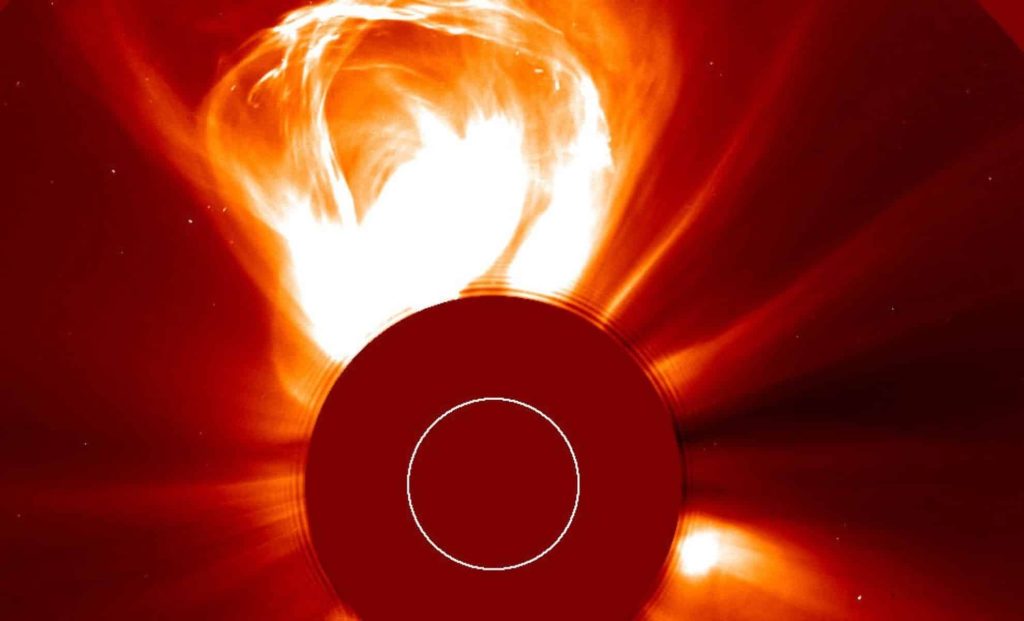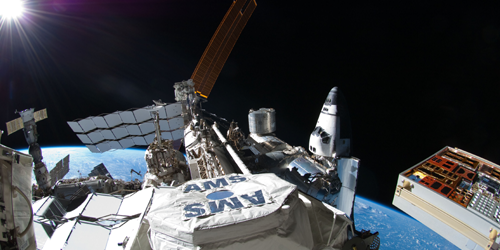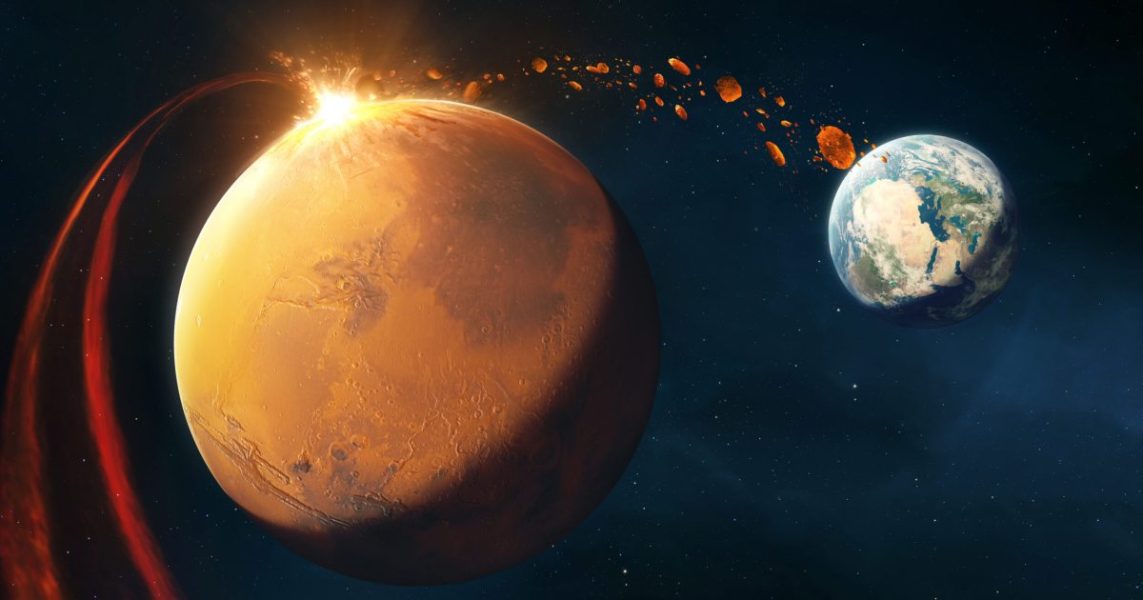AI Can Now Predict Solar Storms with Unbelievable Accuracy Before They Hit – The Daily Galaxy –Great Discoveries Channel

The Sun is far from quiet—it’s a chaotic, unpredictable force that can unleash powerful solar storms without warning. But what if we could see them coming before they strike? A team of scientists just tested a cutting-edge AI system, and the results were nothing short of astonishing. The Sun, often perceived as a constant presence in our sky, is anything but stable. Beneath its seemingly unchanging surface lies a turbulent sphere of plasma, driven by intense magnetic field interactions. These forces give rise to violent solar events, including coronal mass ejections (CMEs)—immense bursts of charged particles hurled into space. When directed toward Earth, CMEs can disrupt satellite communications, GPS systems, and power grids, making their prediction a crucial challenge for modern astronomy.A recent study led by Sabrina Guastavino from the University of Genoa has demonstrated that machine learning algorithms could revolutionize solar forecasting. By analyzing decades of solar data, AI models were able to detect the warning signs of a powerful solar storm in May 2024, offering new hope for predicting future space weather events with greater accuracy.CMEs occur when magnetic field lines on the Sun suddenly realign, releasing massive amounts of energy. These events can travel through space at speeds reaching thousands of kilometers per second, sometimes arriving at Earth within a matter of days. When they interact with our planet’s magnetosphere, they trigger geomagnetic storms, which can impact power grids, communication networks, and even aviation systems.The difficulty in forecasting these events lies in their complexity. Conventional techniques rely on real-time solar observations, but they often struggle to predict the precise timing and intensity of solar flares and CMEs. This is where AI comes in.In their study, Guastavino and her team used machine learning to analyze historical solar activity data, training their algorithms on decades of solar observations. Their AI models were tasked with identifying patterns associated with the May 2024 solar storm, specifically tracking flare activity from an active solar region known as AR13664.This storm was particularly intense, producing a powerful X8.7-class solar flare, one of the strongest recorded in recent years. The AI successfully anticipated the CME travel time to Earth and the onset of geomagnetic storms, marking a major advancement in forecasting accuracy.The findings of the study suggest that AI-based forecasting could lead to earlier and more precise warnings of geomagnetic storms. This has significant implications for industries reliant on satellite technology, as well as for energy providers managing power grids vulnerable to solar-induced disturbances.Additionally, more accurate predictions could enhance aurora forecasts, providing skywatchers with better opportunities to witness spectacular northern and southern lights.The integration of artificial intelligence into solar physics marks a major step toward improving our understanding of solar activity. As AI models continue to evolve, they could play a key role in safeguarding technological infrastructure against the unpredictable nature of space weather.With this breakthrough, the ability to predict solar storms with unprecedented accuracy is no longer science fiction—it’s a reality that could help protect Earth’s technological systems from the Sun’s most violent outbursts.This article was originally published by Universe Today. Read the original article.Got a reaction? Share your thoughts in the commentsEnjoyed this article? Subscribe to our free newsletter for engaging stories, exclusive content, and the latest news.Comment Save my name, email, and website in this browser for the next time I comment.
© 2024 | Daily Galaxy | All rights reserved






